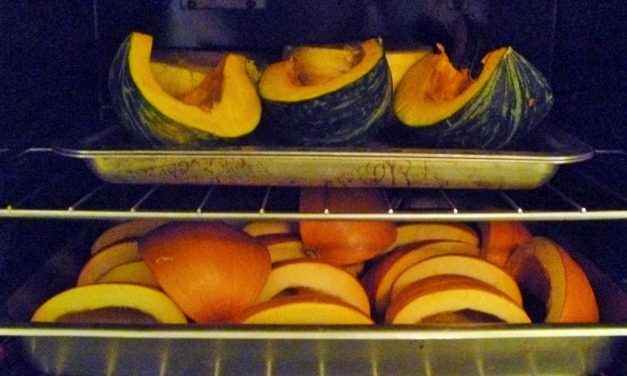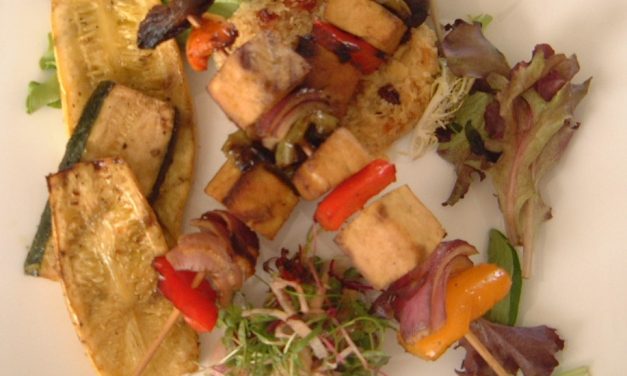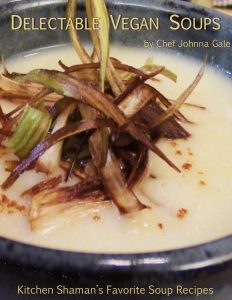Let’s Talk Spices, New on YouTube
One of the things I love to talk about is food history. It’s no secret I’ve spent many, many hours reading and researching where the food comes from.
I got the opportunity in January at the Arizona VegFest to share some food history. I gave this talk on the history of spices, where they come from and why some of them are on our baking racks instead in our savory recipes.


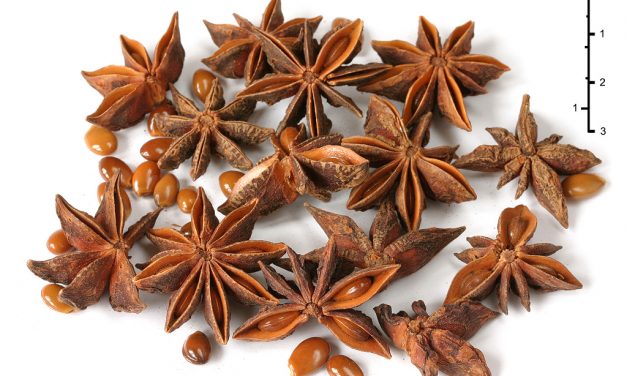
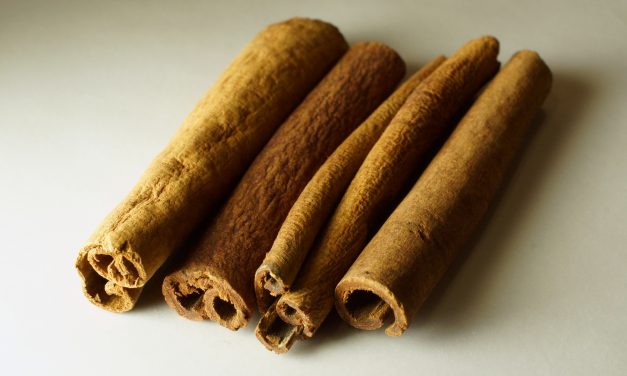
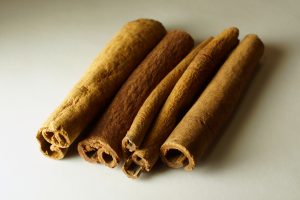
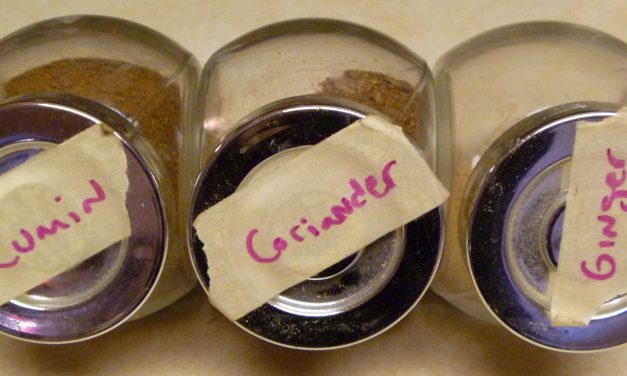

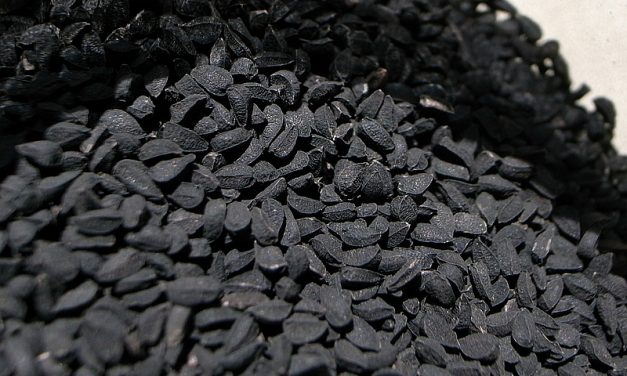
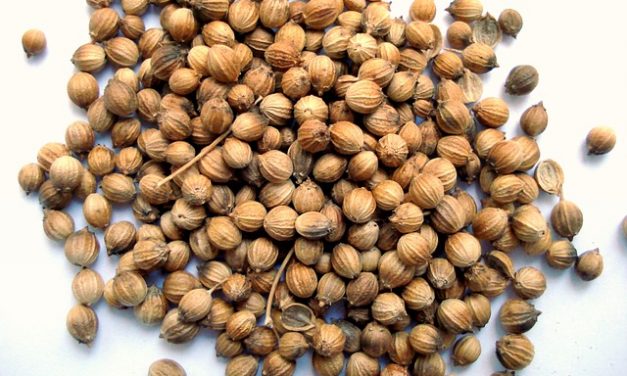
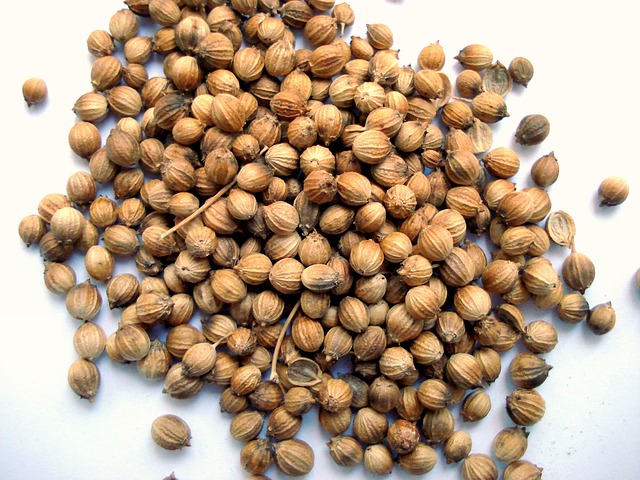
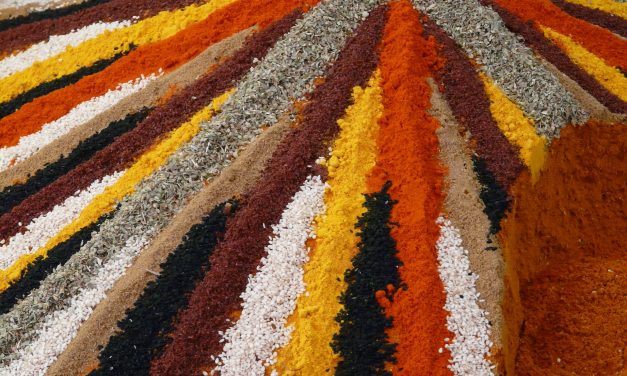
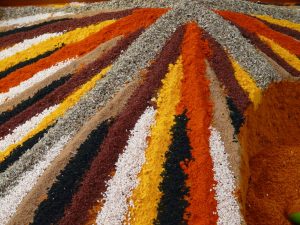 Spices make up the “palette” of a chef. They have a long and intriguing story of travel; how they spread out from a point of origin to all over the globe. Each culture treats these spices a little differently, yet there seems to be several common spices used in global cuisine.
Spices make up the “palette” of a chef. They have a long and intriguing story of travel; how they spread out from a point of origin to all over the globe. Each culture treats these spices a little differently, yet there seems to be several common spices used in global cuisine.